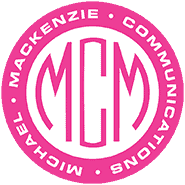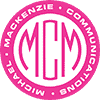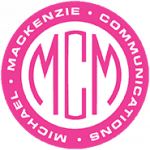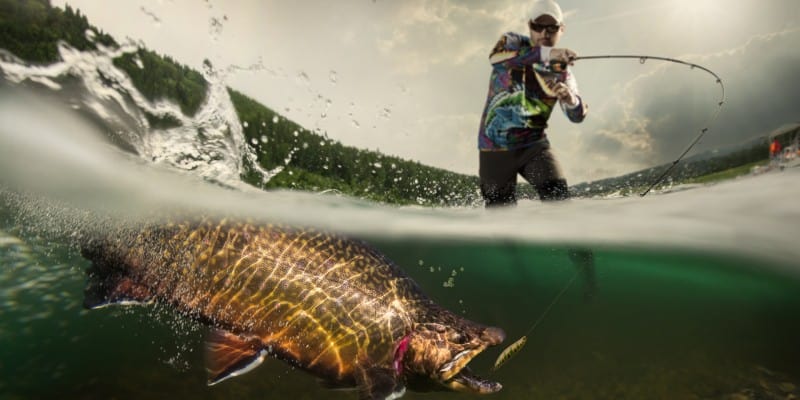Fishing is Better in the Right Pond
If your 2022 marketing plan includes casting your net wider to reach more fish, bigger fish or the right fish, running some sponsored content tests on LinkedIn is definitely worth a try. Why is this the most popular type of advertising on LinkedIn? Your sponsored content will flow organically within your target’s LinkedIn feed. Why does this matter? Instead of seeing those pesky, traditional display ads, people will instead see what you are promoting directly within their feed. If done correctly, what you are promoting won’t even feel like an ad.
LinkedIn’s algorithms are designed to spread content fast and wide. This makes it possible for more of the content you promote to find its way into the feeds of the specific companies/geography/industries you want to target, as well as your 1st, 2nd, and 3rd connections.
So, what is Sponsored Content and How Do I Get Started?
Sponsored content is either an article you’ve created (you can use a new one or an article that has been high performing on your website), an image, video, or even a GIF with ad copy. Each sponsored post should have a subject, ad copy, creative (image or video) and a CTA, which could be a link to a landing page, a download or lead generation form. You can run your content for as long or as often as you’d like with a specified spending cap. With a spend of $400-$500 you can run and ad for approximately 1-3 weeks, at an average cost per click is $3-5 with the right audience parameters and asset.
Optimize your content’s performance by doing a little prep before-hand:
- Set up a campaign manager account in LI (which is free).
- Determine what your objective will be for your first sponsored content campaign:
- Drive Website Visits: Do this by linking to your page.
- Increase Engagement: Get more people to engage with your content or boost your company page’s follower count.
- Video Views: Motivate video views.
- Lead Generation: Capture leads using LinkedIn’s pre-filled lead generation forms.
- Select content to use
Existing blogs, case studies, videos, eBooks, how-to guides or other social content that has performed well make great sponsored content.
- Select your target audience parameters
-
- Geographic Locations: Target members according to where they live or locations they visit
- Company:Target by company connections, industry, size, name and followers.
- Demographics:Target by member age and gender.
- Education: Target by fields of study, member schools and degrees.
- Job Experience: Target by job function, seniority, title, member skills and years of experience.
- Interests: Target by member groups and interests.
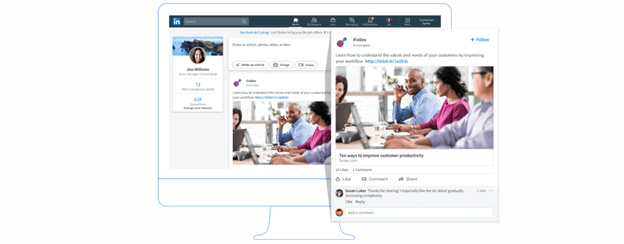
Once you’ve taken these steps to target the right fishing hole to find the biggest, hungriest fish, you’ll be ready to bait your hook by loading your campaign into your LinkedIn Campaign Manager. Click here for step-by-step instructions from LinkedIn on how to set up your campaign and start reeling ‘em in.
This post is courtesy of MMC Account Manager Jeni Stephens
